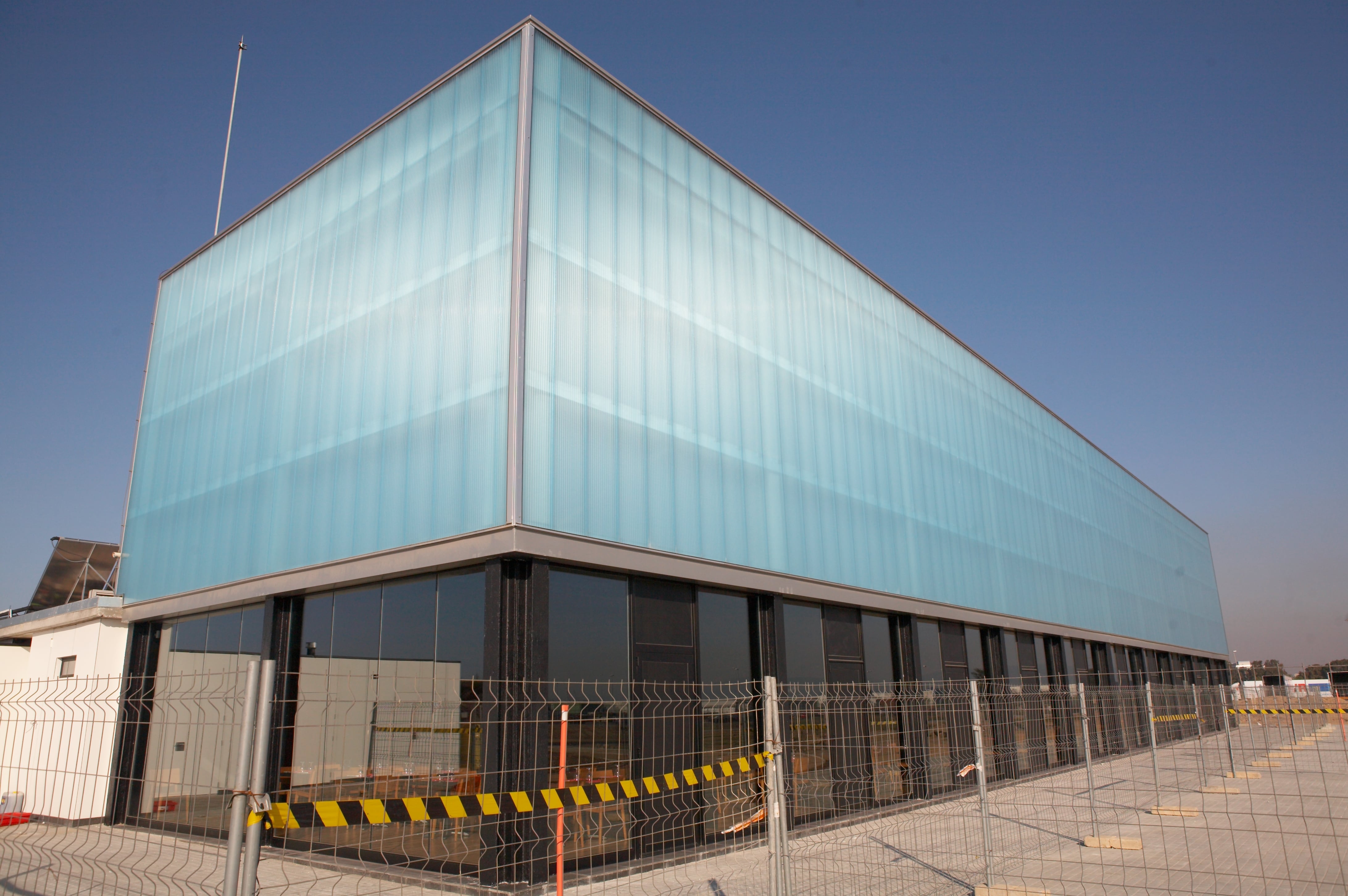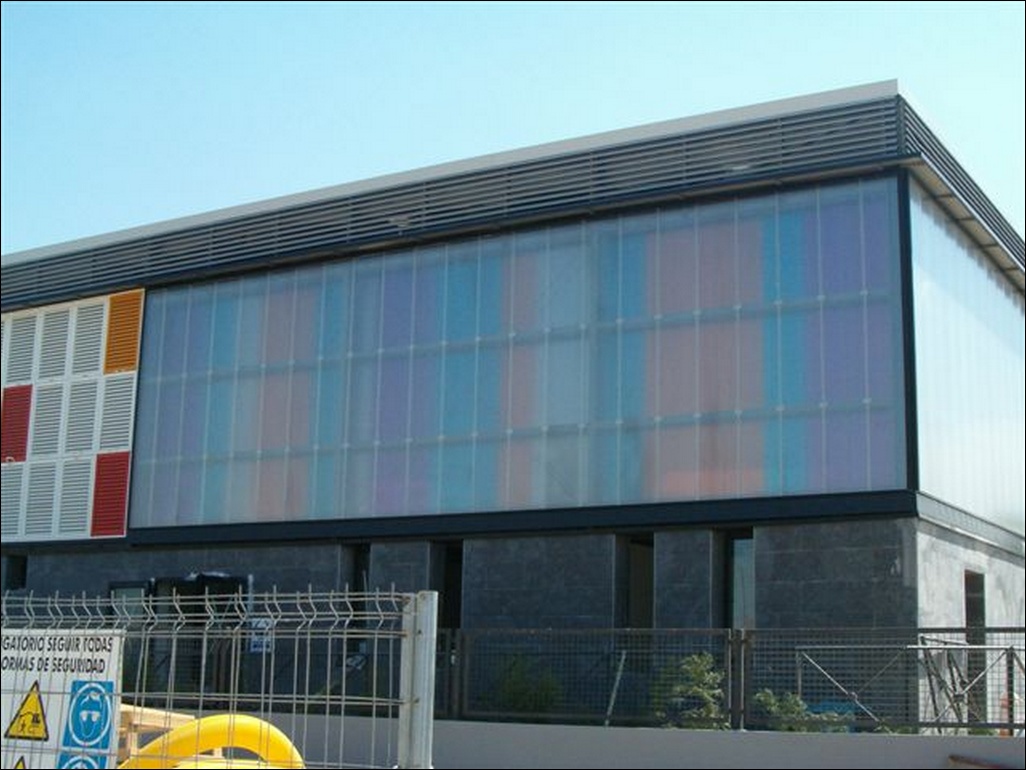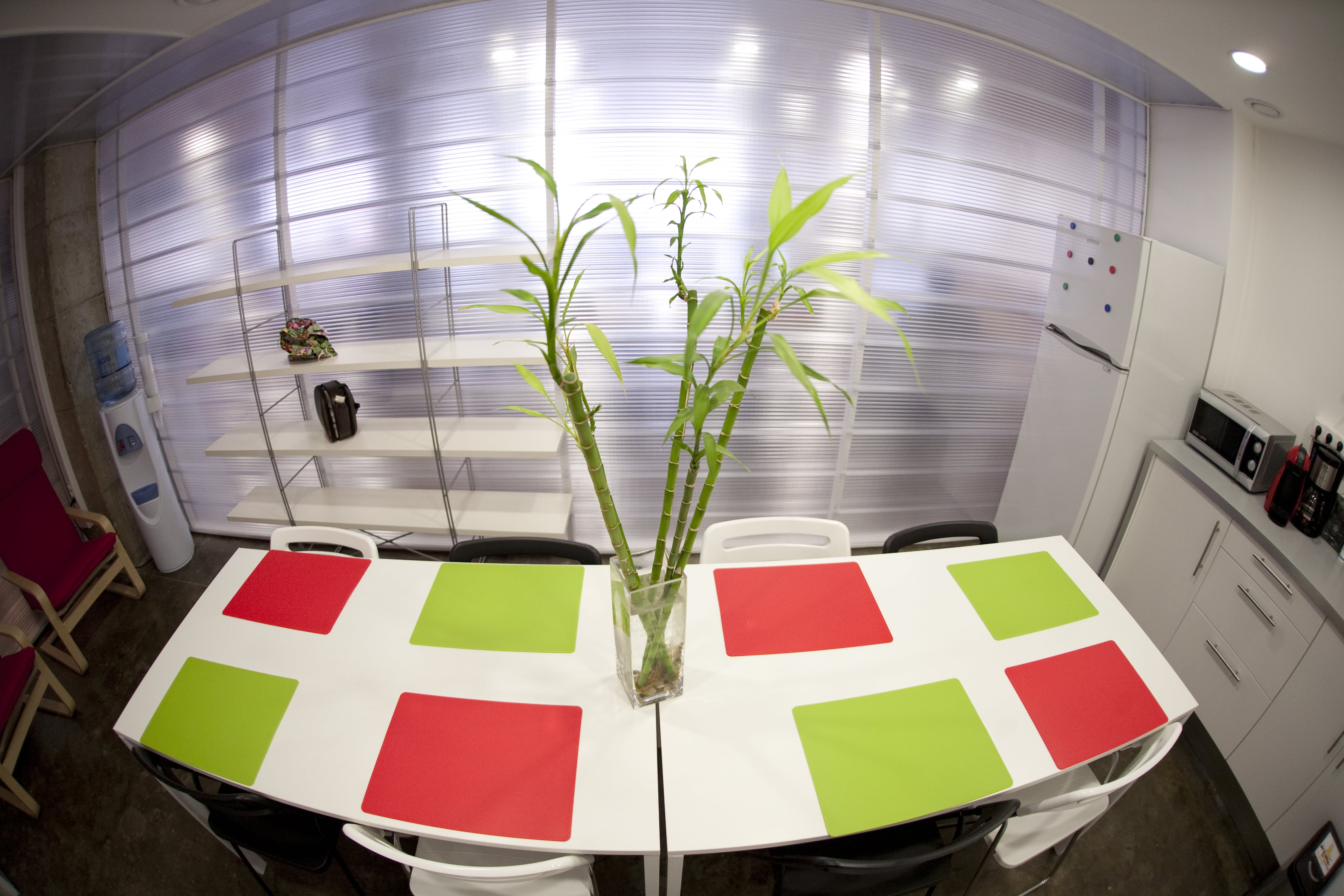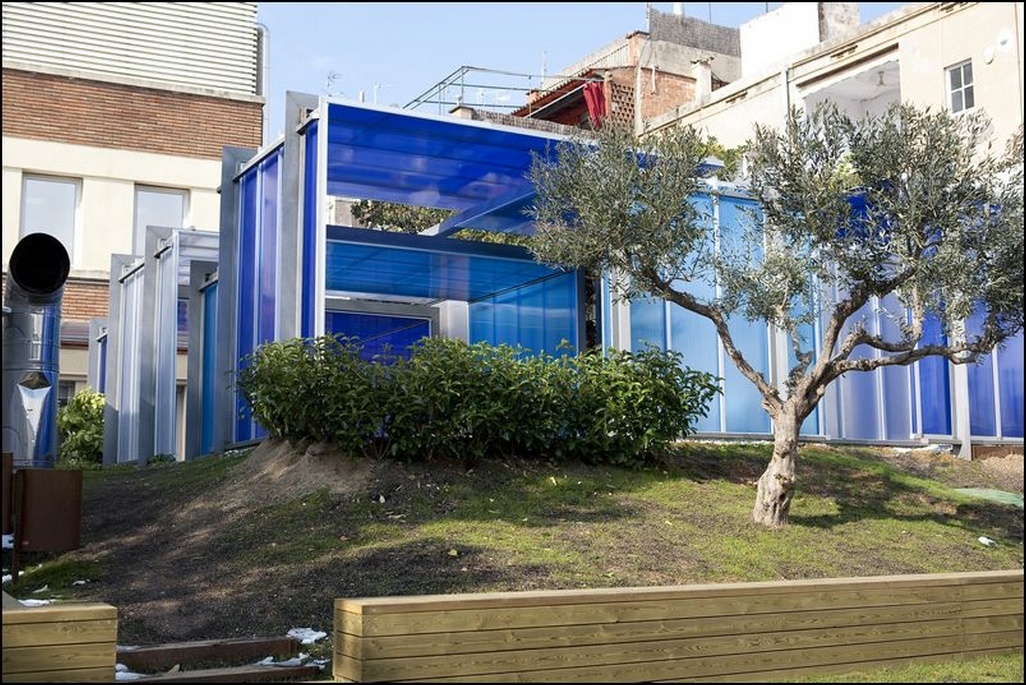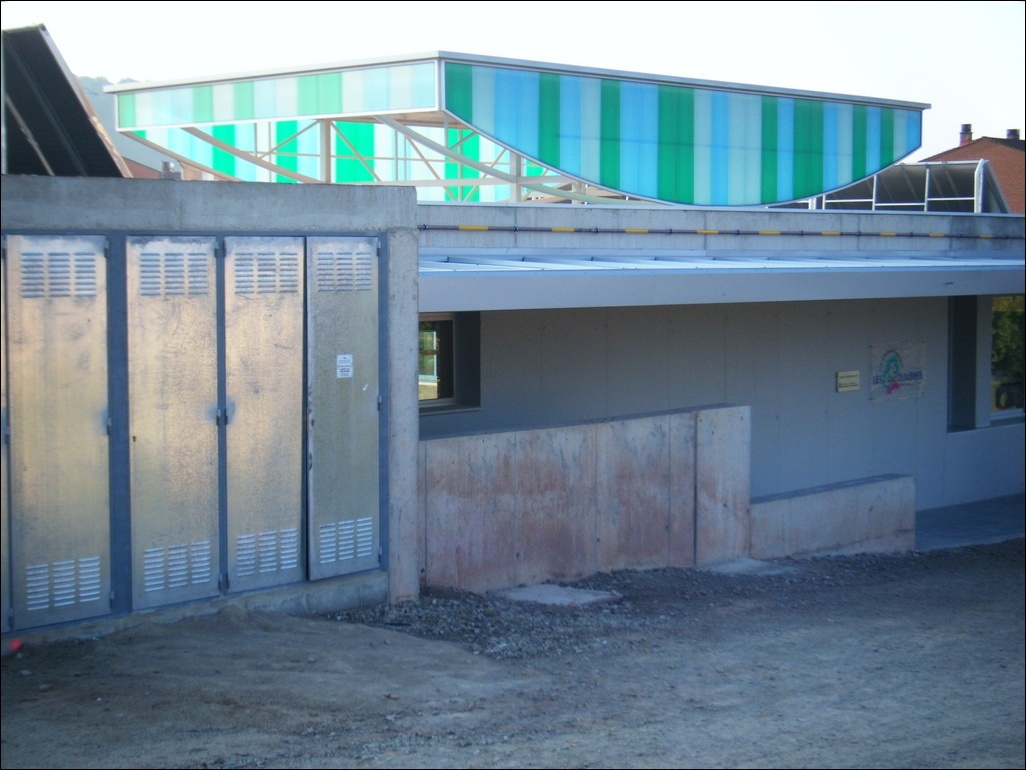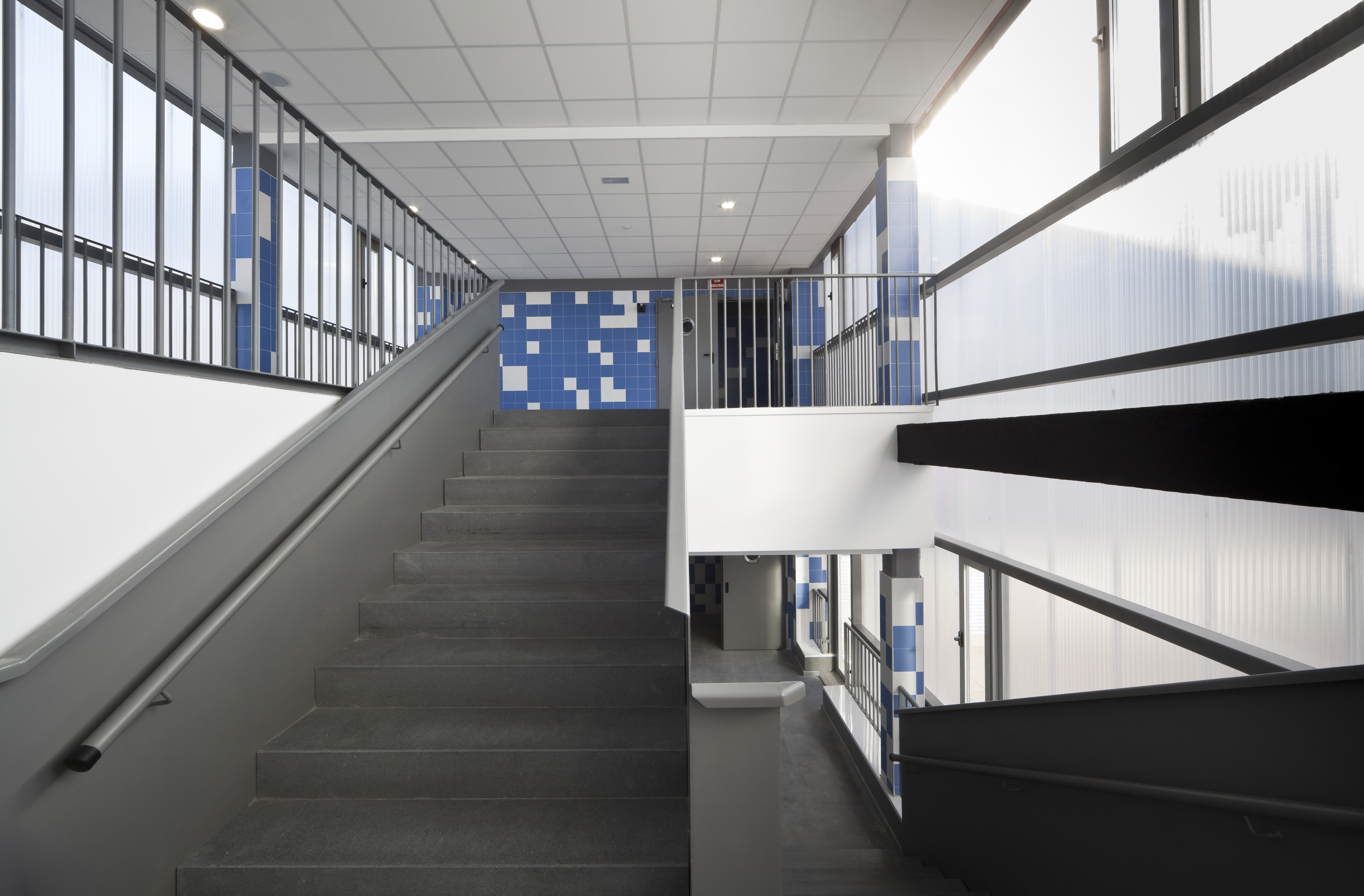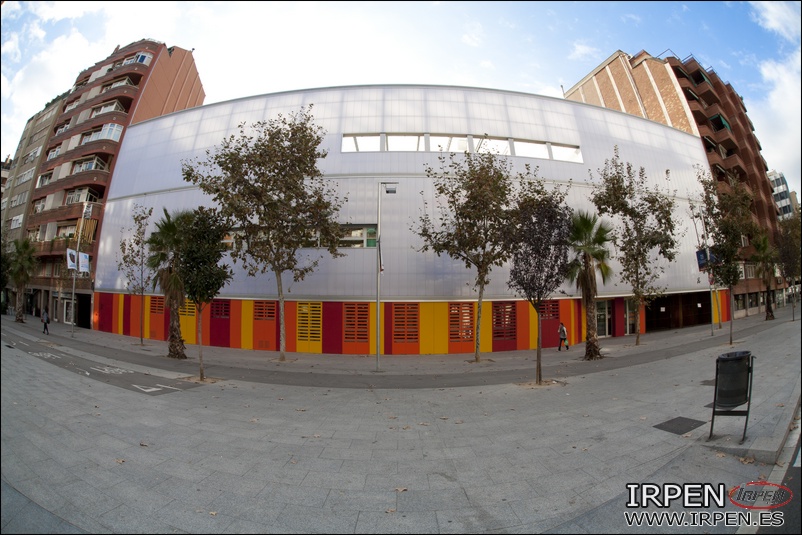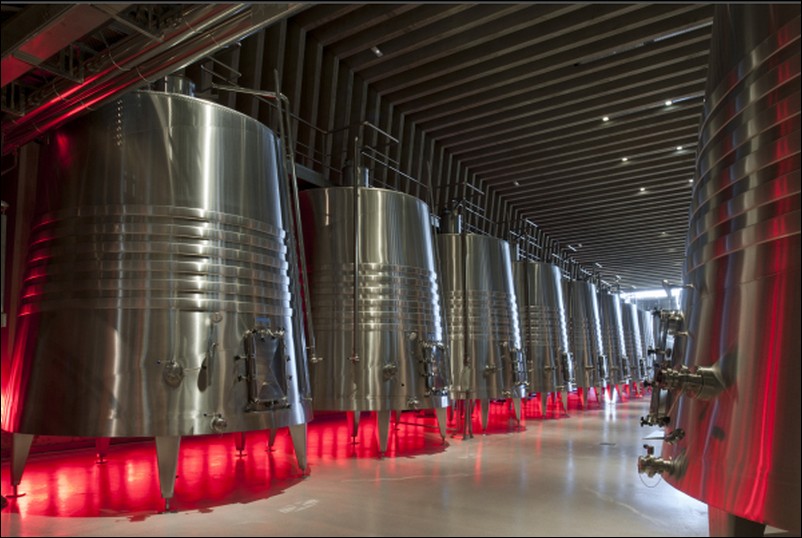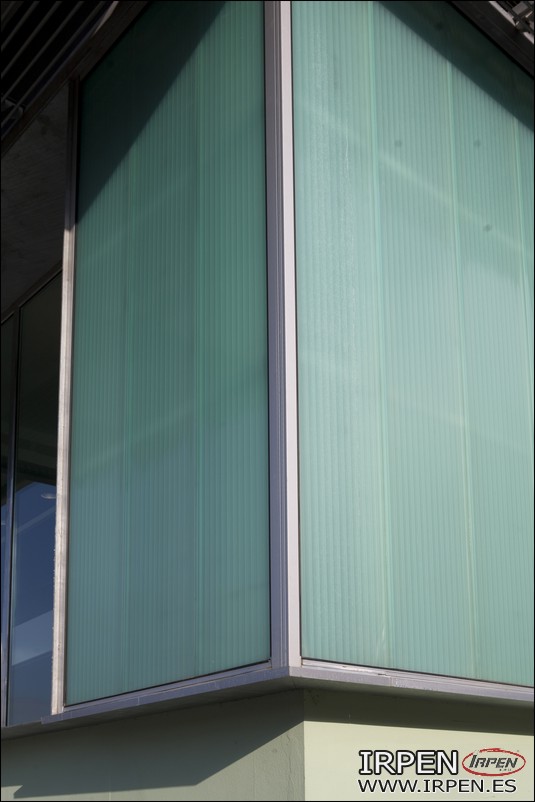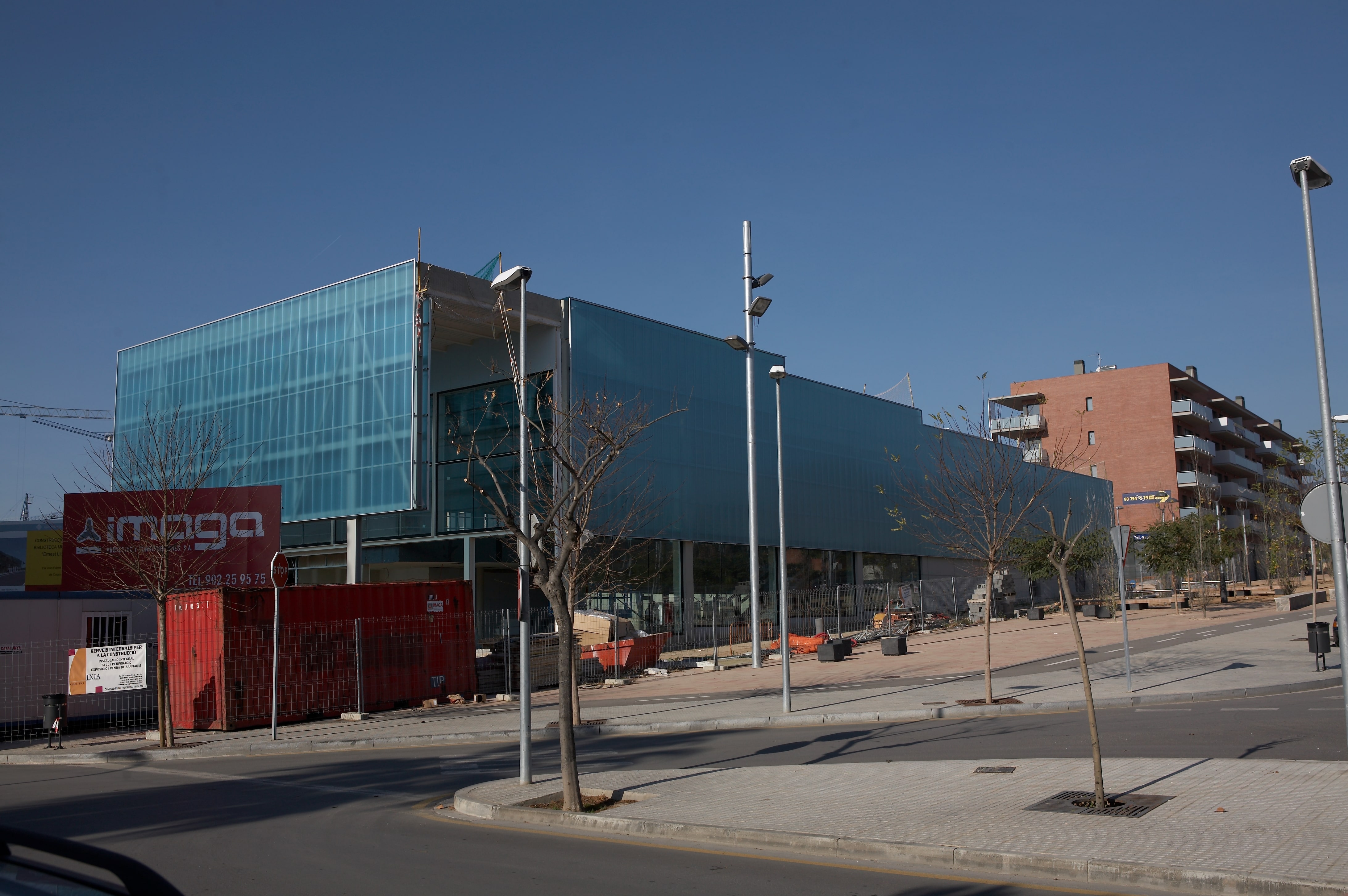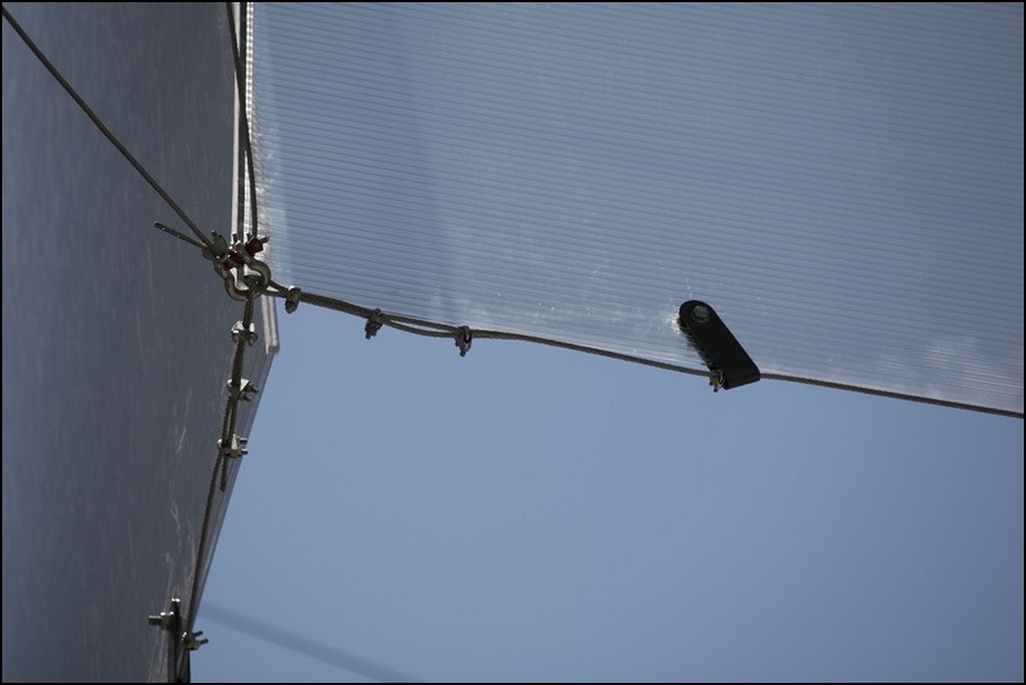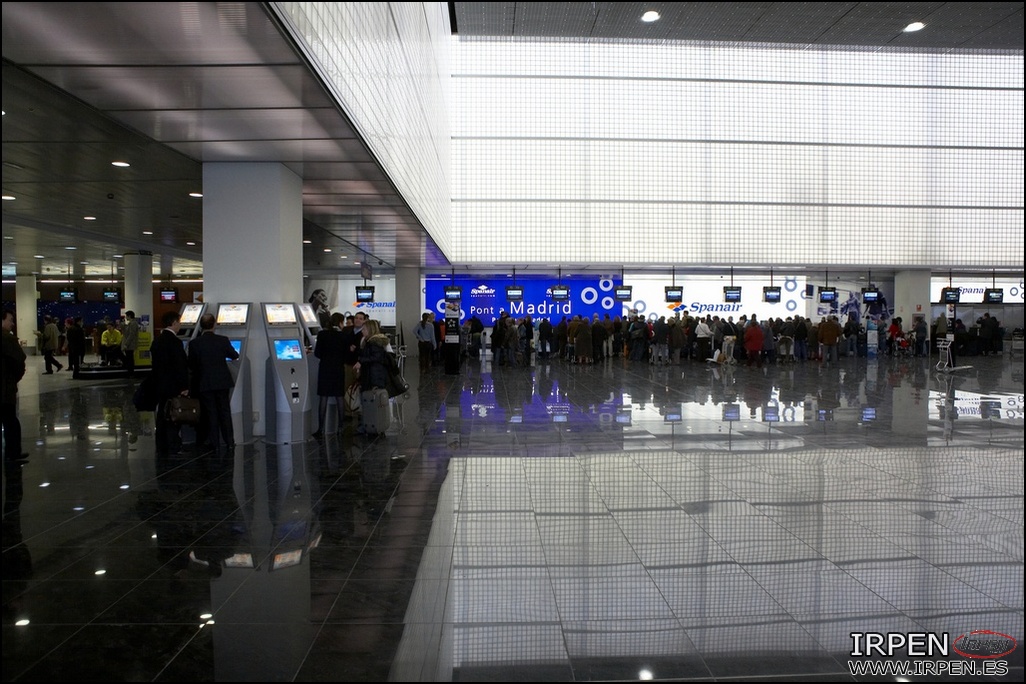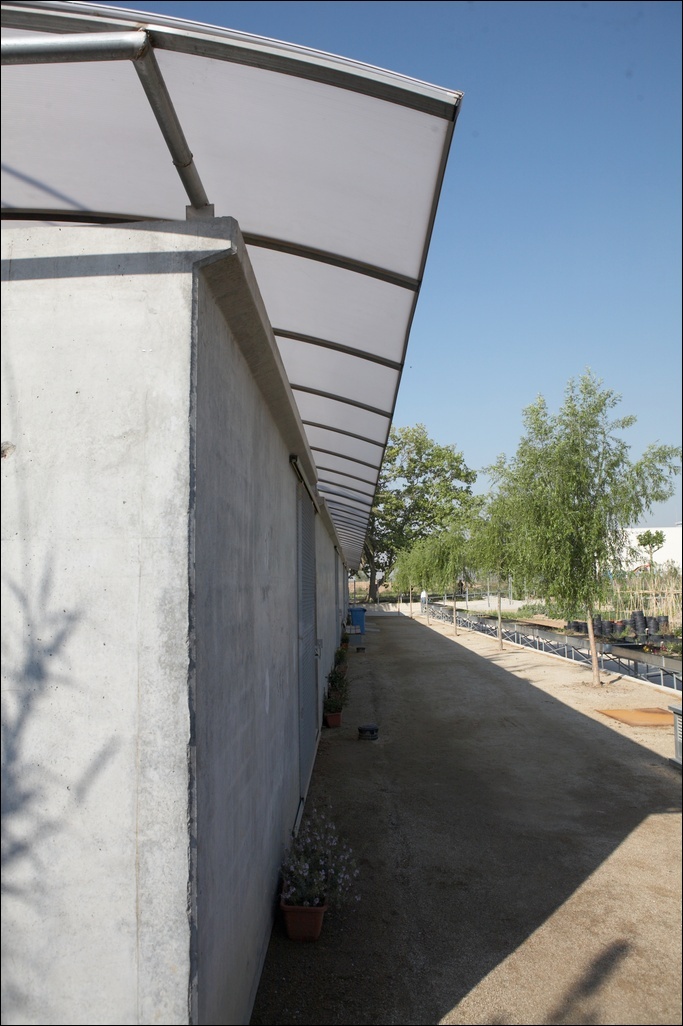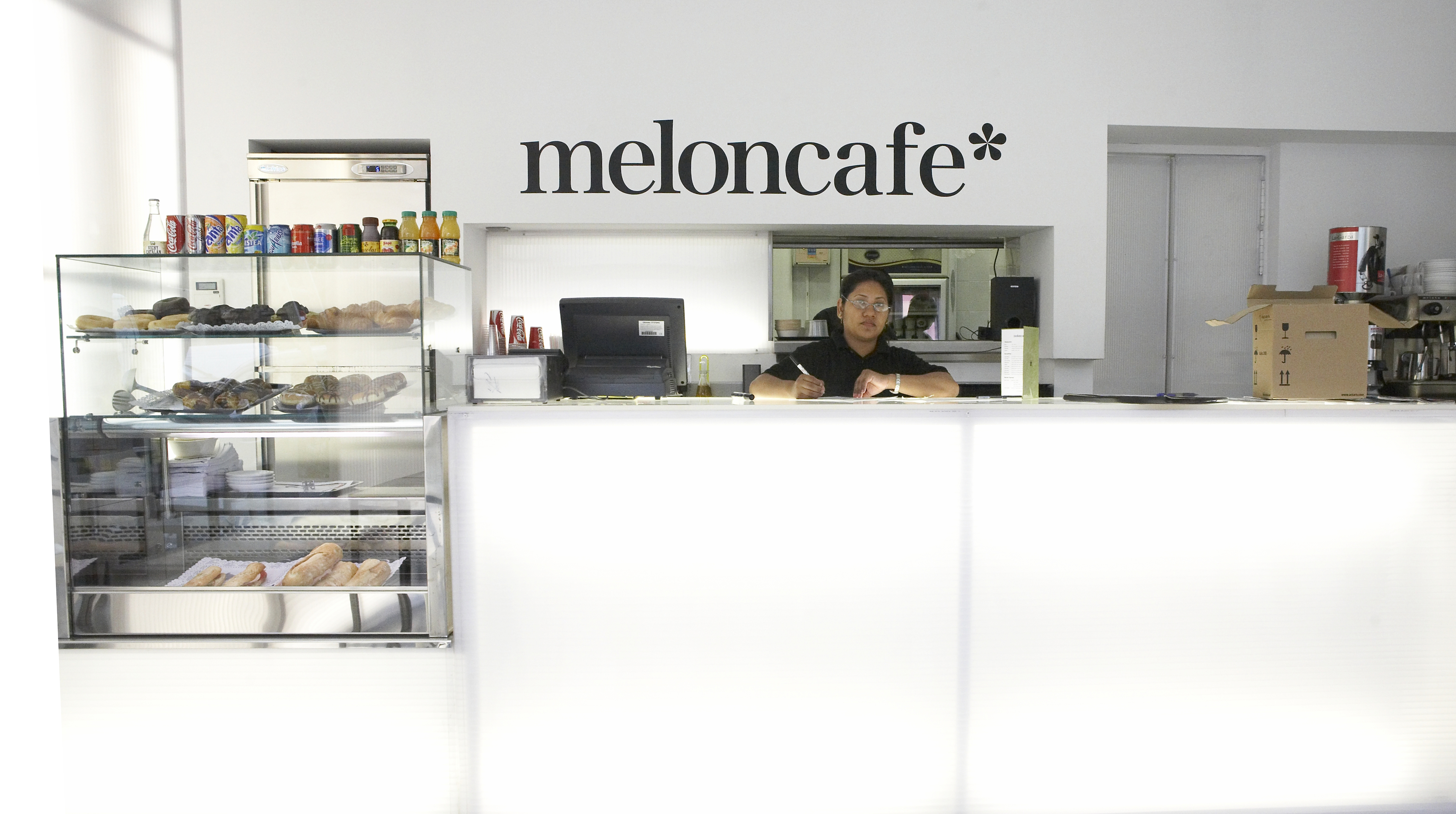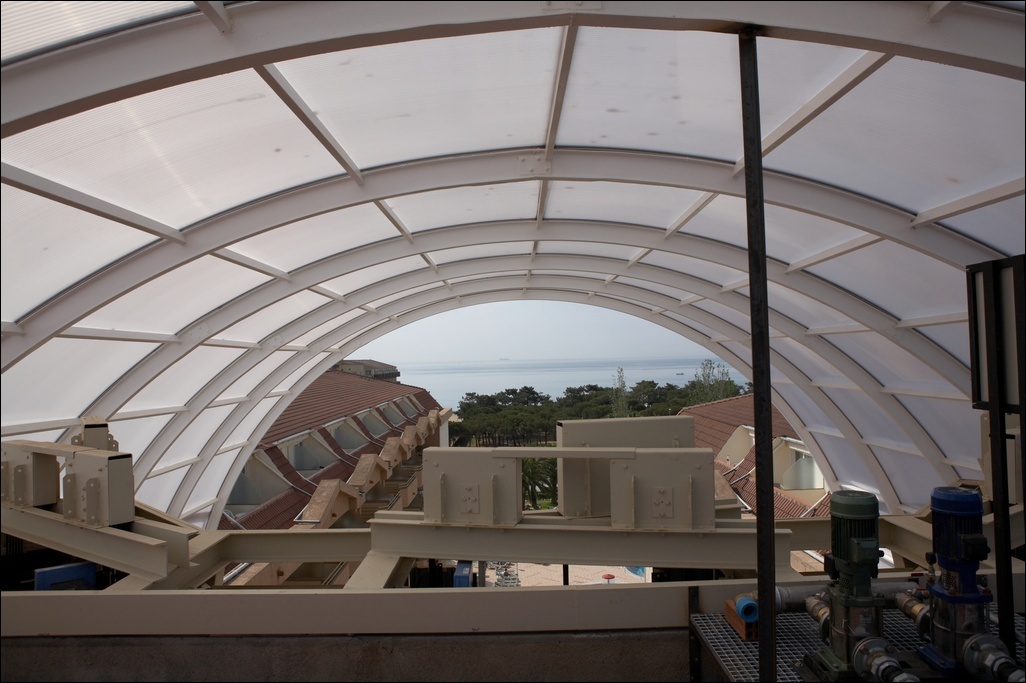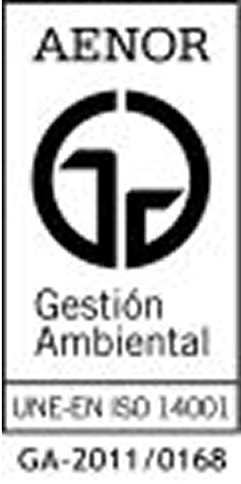Akyver - Multiwall Polycarbonate
Acoustic Screens - Types and Design Criteria

Given the growing awareness among the population of the problems derived from constant exposure to sources of noise pollution, urban architecture projects aimed at reducing airborne noise have been increasing. Making it a priority to reduce this type of pollution from transport routes and areas of industrial fabric.
To achieve this, acoustic screens have become acoustic containment tools, which are necessary because they behave as obstacles to transmission, and helping to delimit the path of noise propagation between adjacent population centers. Their main function is to interrupt, as far as possible, the transmission of noise from one side of it to the other, and to integrate as much as possible into the environment where they are implanted.
In our catalog, we have several materials that meet European requirements for road traffic noise reduction devices, performing their function with highly satisfactory results. We talk about our Polycyril XT and of our PC05, PC08 and PC14.
Both PMMA and PC are polymers with excellent behavior as limiters of airborne noise propagation. But to build an acoustic containment element with an optimal design, apart from having a good insulating capacity, it must comply with the technical regulations for definition, calculation and quality that apply to it.
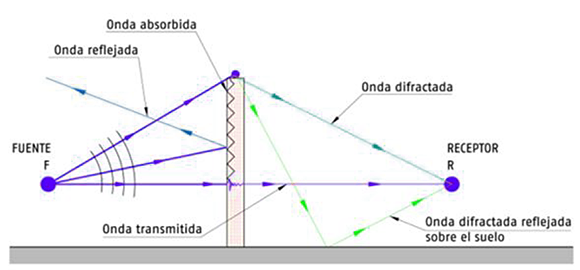
During your design phase, multiple factors must be taken into account that will help achieve both the desired efficiency and acoustic performance:
- Acoustic efficiency:
For a receiver determiner, the sound attenuation that the screen provides against traffic noise, reducing the noise level at that receiving point. To achieve this, it will be necessary to:
- Determine the acoustic properties of the screen and requirements that are required of the constituent materials.
The materials used in the screen will define its acoustic insulation capacity against airborne noise and its absorbing or reflecting character.
- Location of the screen in reference to the road.
It is important to determine the location of the urban element in relation to the source of noise and the area to be protected, for this purpose, the topography and other characteristics of the environment must be taken into account.
- Definition of the screen in relation to the height and length of the element.
- Acoustic performance:
The typology of acoustic screens is determined according to multiple criteria, either in reference to the materials used, shape and transparency, or the most commonly used, in relation to their capacity to absorb sound waves, which may be:
- Reflective screens.
They are those that have the function of ensuring adequate insulation from airborne noise, and for which a certain value of the acoustic absorption coefficient is not required.
An example of this type of screen would be the one made with modular polymeric materials, such as our Policril XT or our PC05.
This type of wall can be used as a main element or as a mixed solution in combination with opaque absorbing or reflective panels of metal or concrete type.
- Absorbent screens.
In this group we could find those made with modular concrete panels. This wall performs a double function, one as acoustic insulation and the other as an acoustic absorber. To guarantee the former, it is essential to seal the joints between materials to prevent acoustic leakage. To secure the second one, it must be coated with absorbent material.
This type of concrete screen, depending on the design, could also be classified as reflective if they do not require a sound-absorbing layer.
Next, we will broadly define the constructive design of an acoustic screen. In this case, we will focus on a very common type, such as modular screens made of polymeric material. These are usually made up of 3 parts:
- The materials that define the wall, in this case usually PMMA or compact polycarbonate, of the appropriate thickness to guarantee the required acoustic insulation and to meet the mechanical resistance requirements to which it will be subjected, usually 15 mm or more.
In addition, this type of solution allows the panels to be colorless or colored, allowing for greater flexibility in the design.
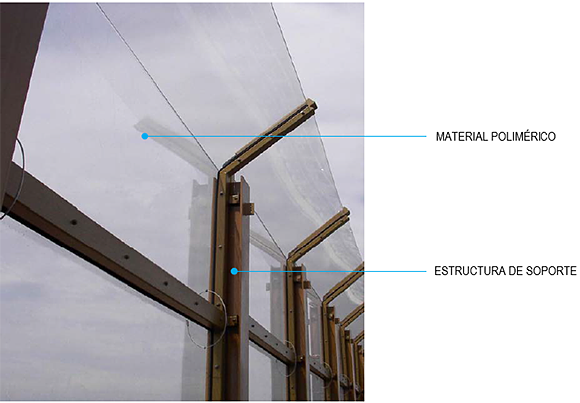
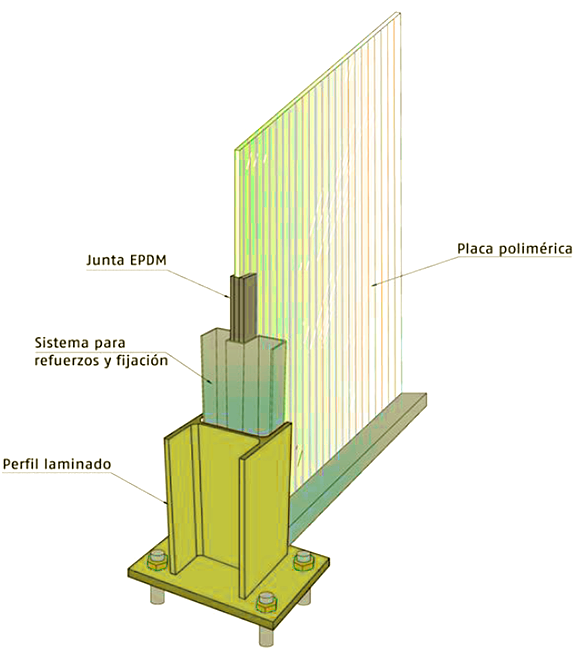
The support structure, defined by angular profiles or profile frames that support the thermoplastic plates.
In this case, it will be necessary to install elastic joints between the plates and the profiles, which will allow both deformations and expansions of plastic materials without risk of breakage, in addition to preventing acoustic leaks.

- The foundation that guarantees the stability of the assembly.

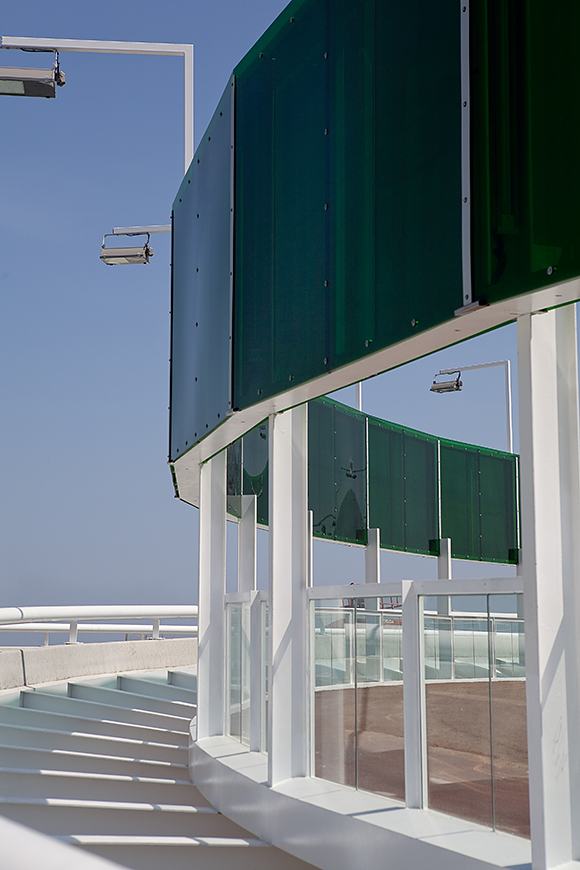


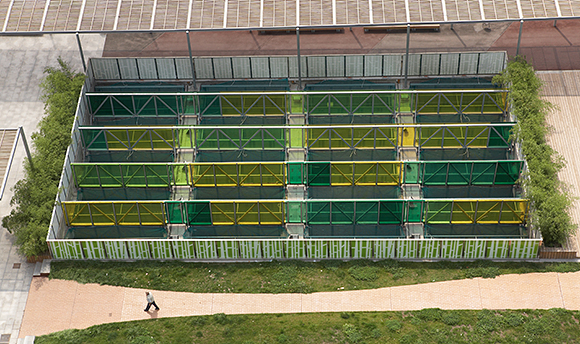
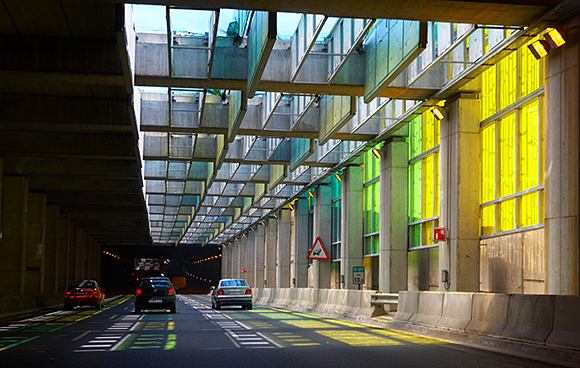
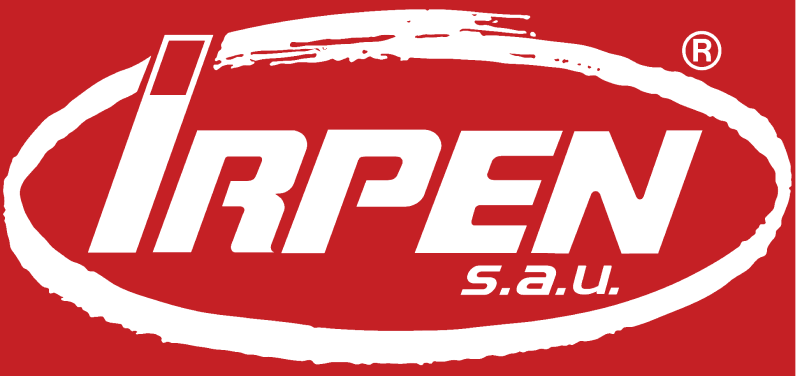







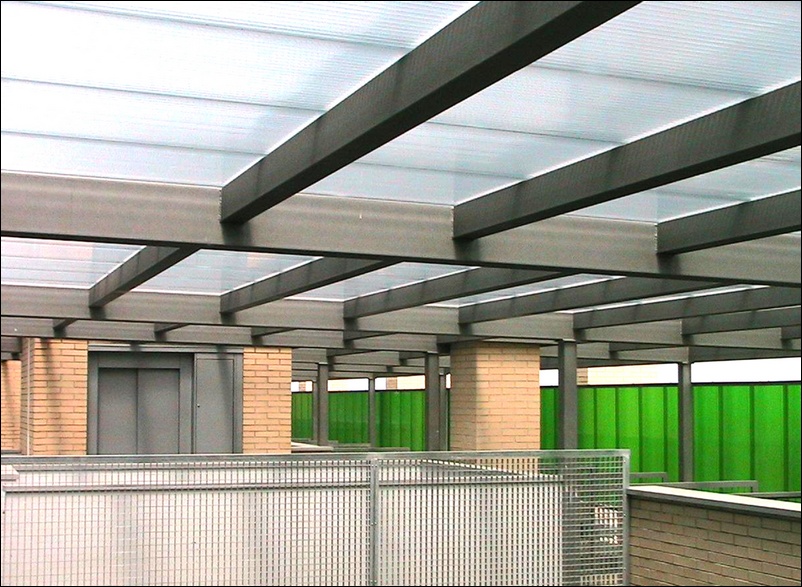


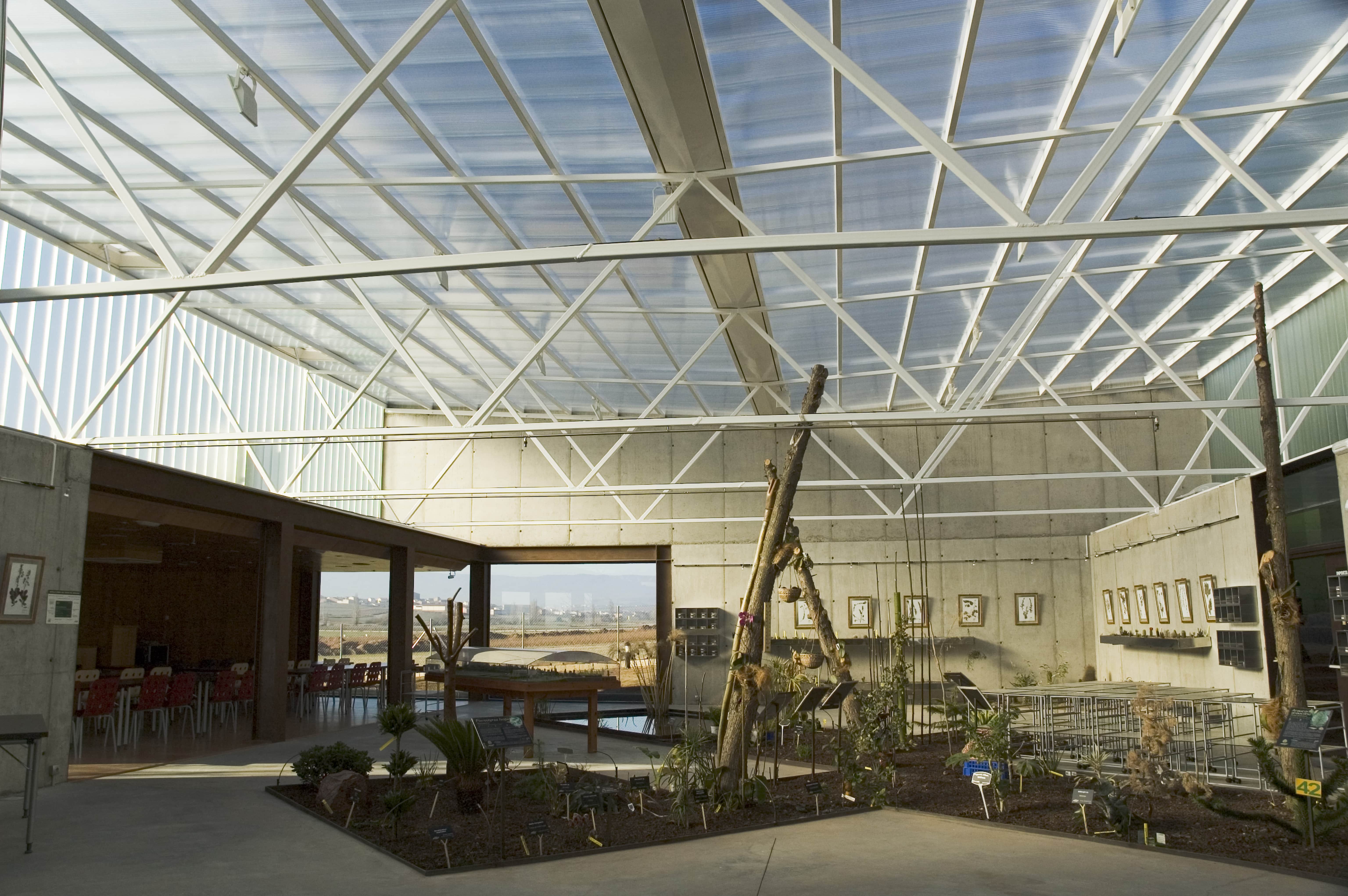
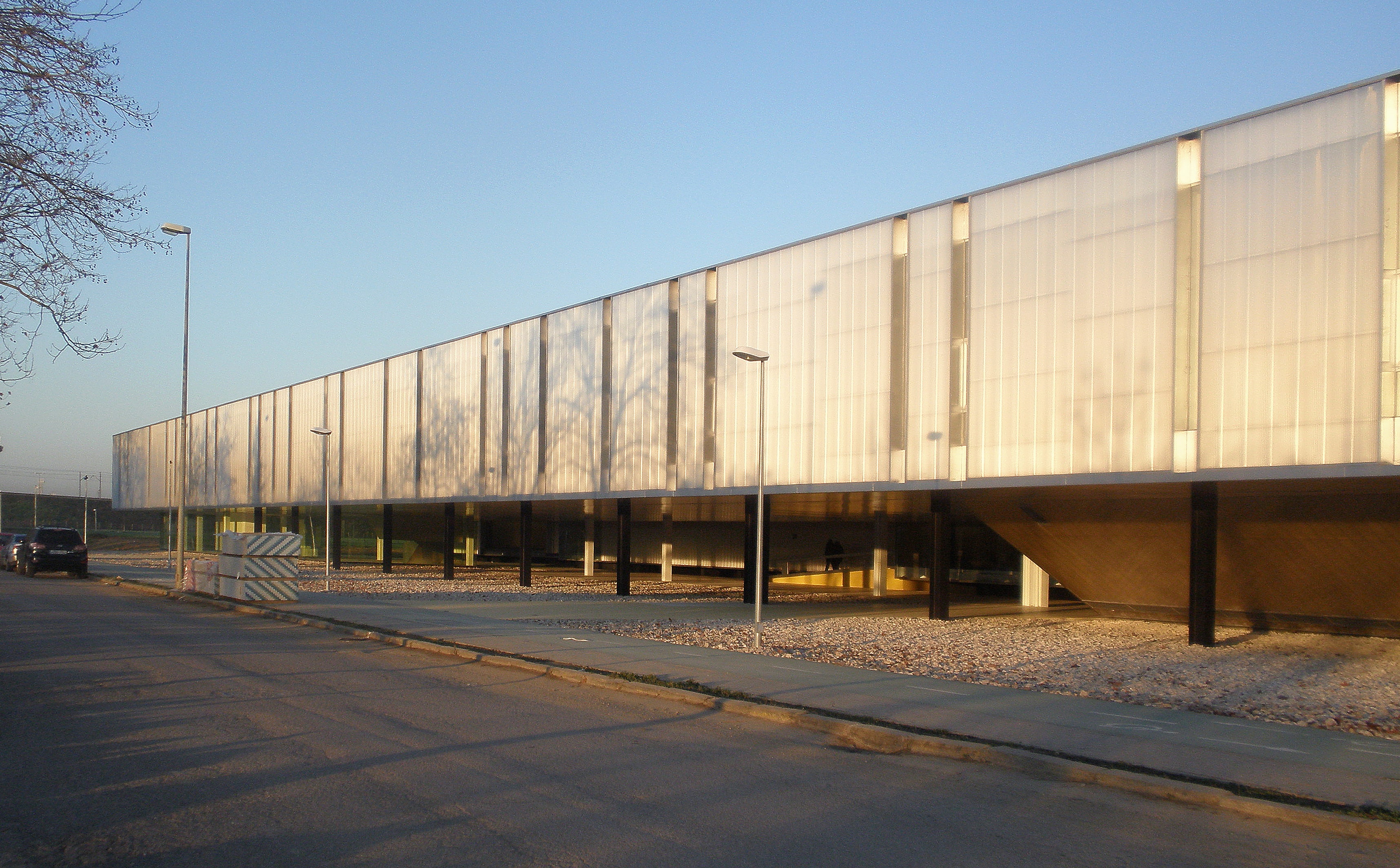
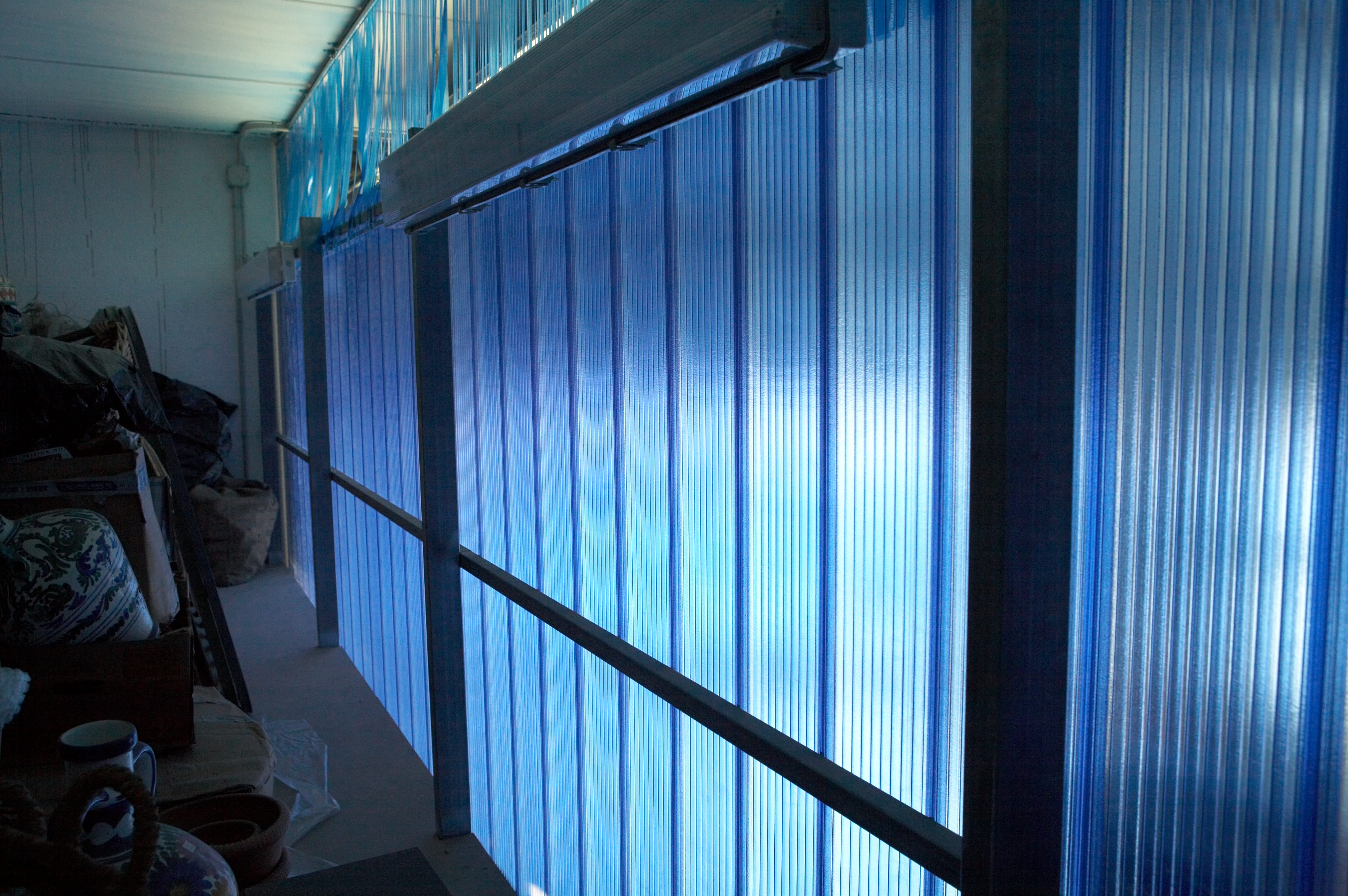

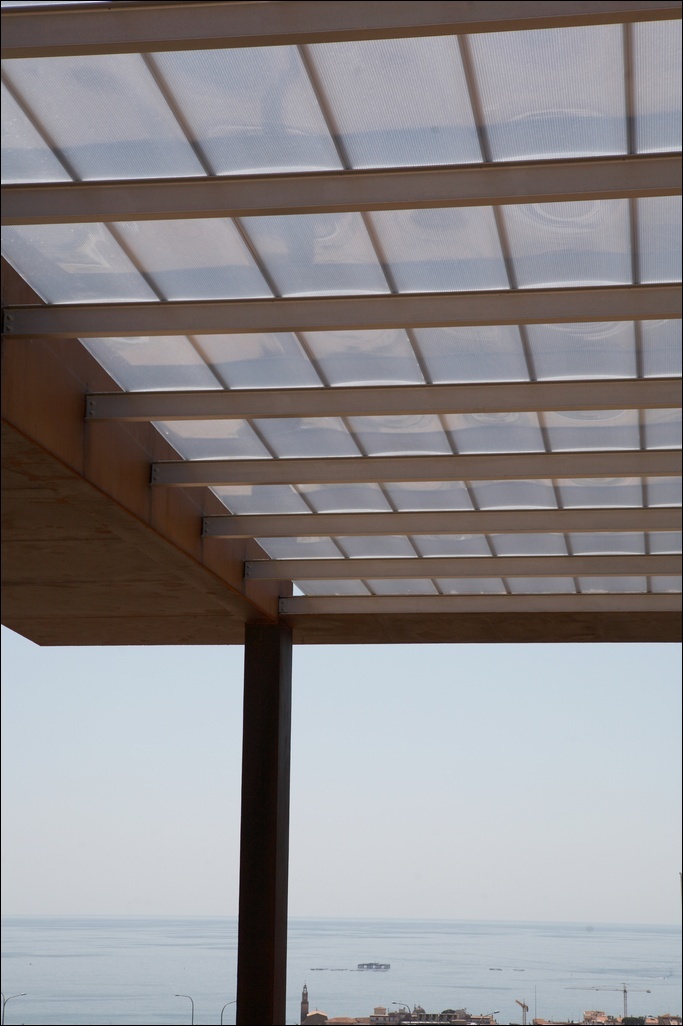
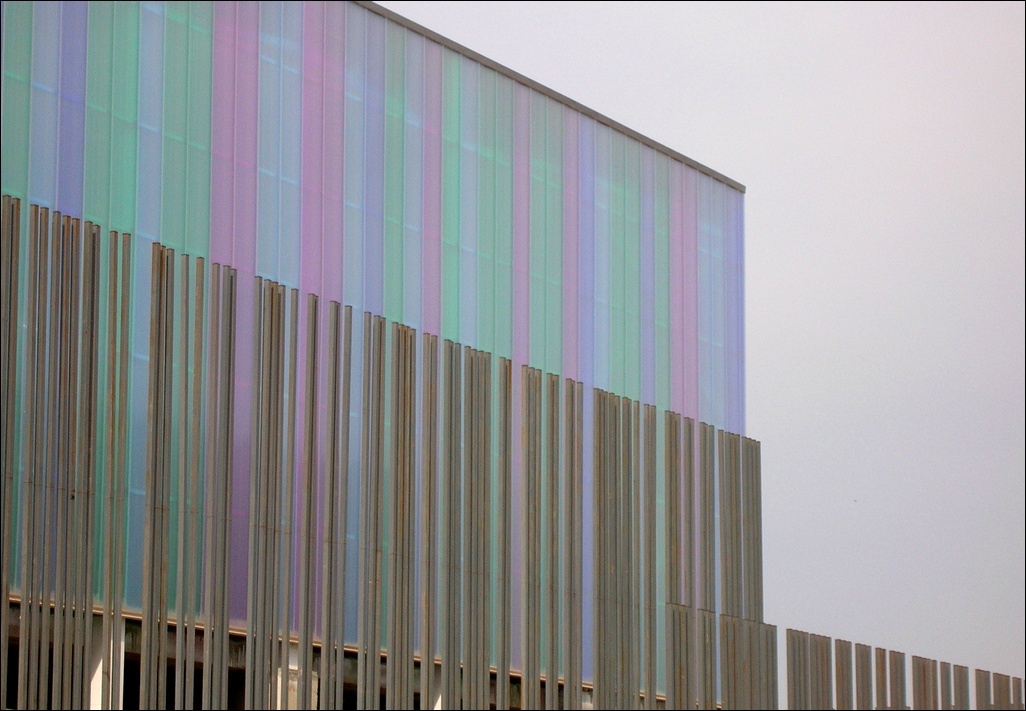
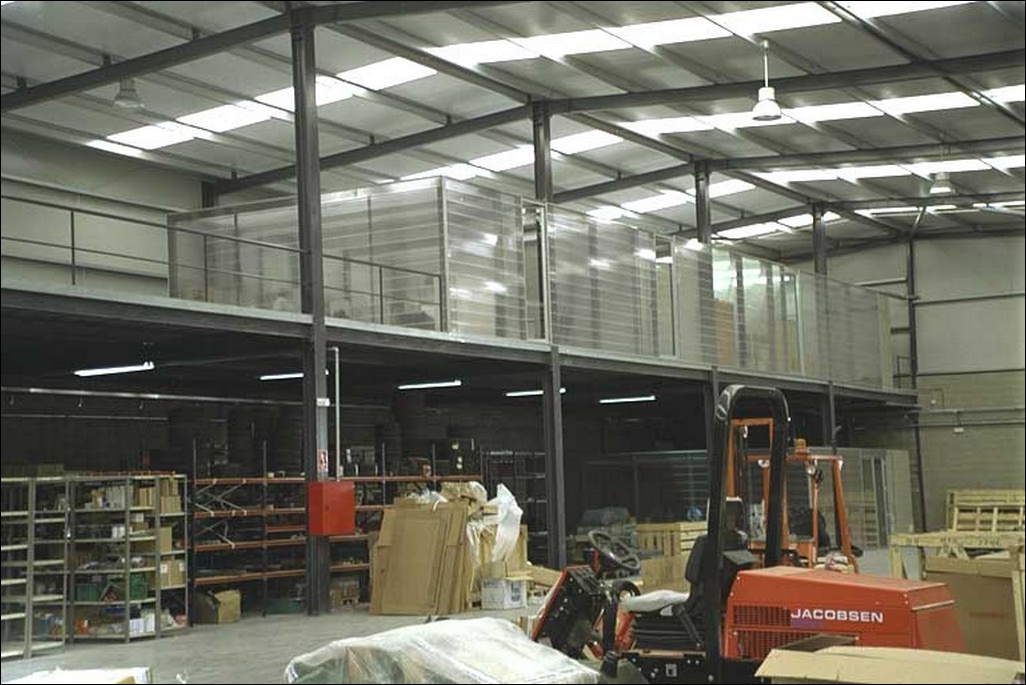
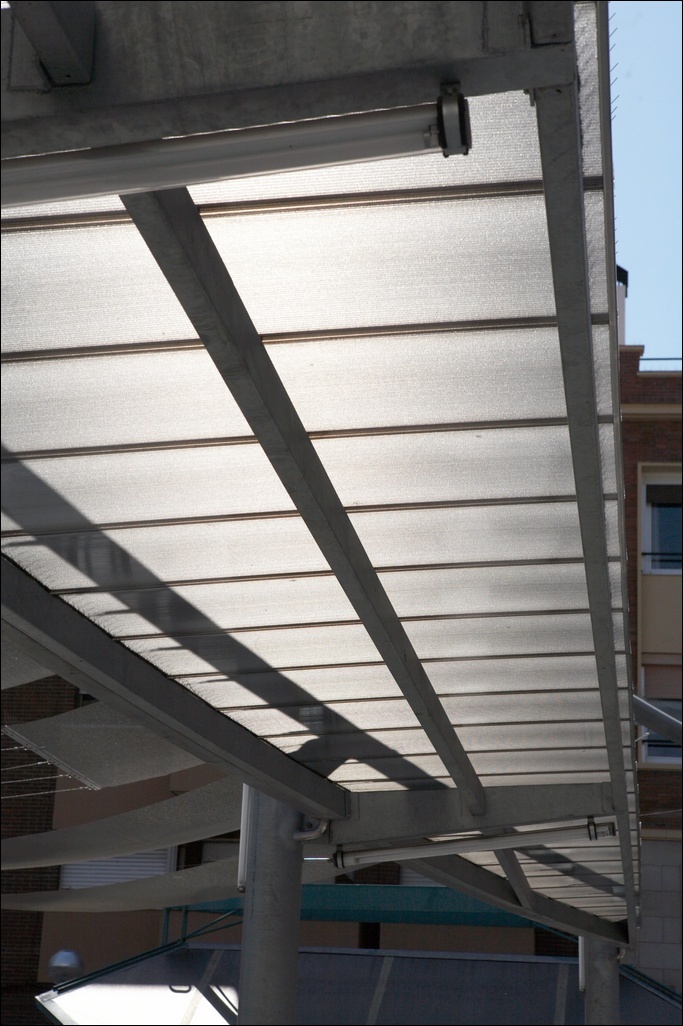
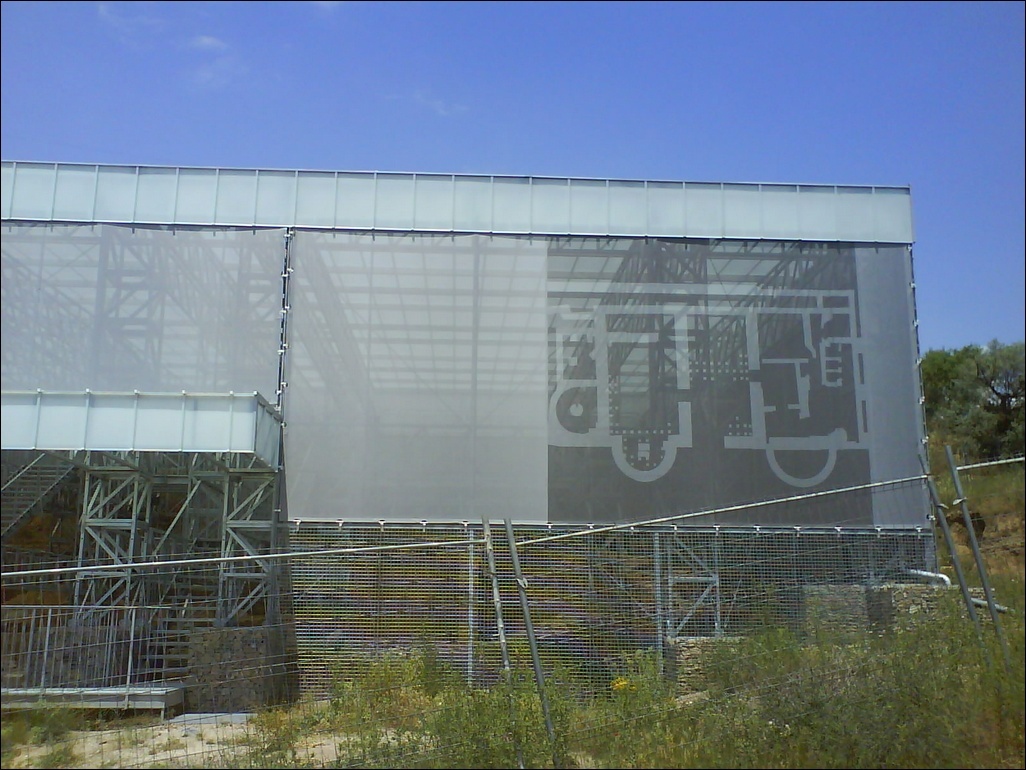


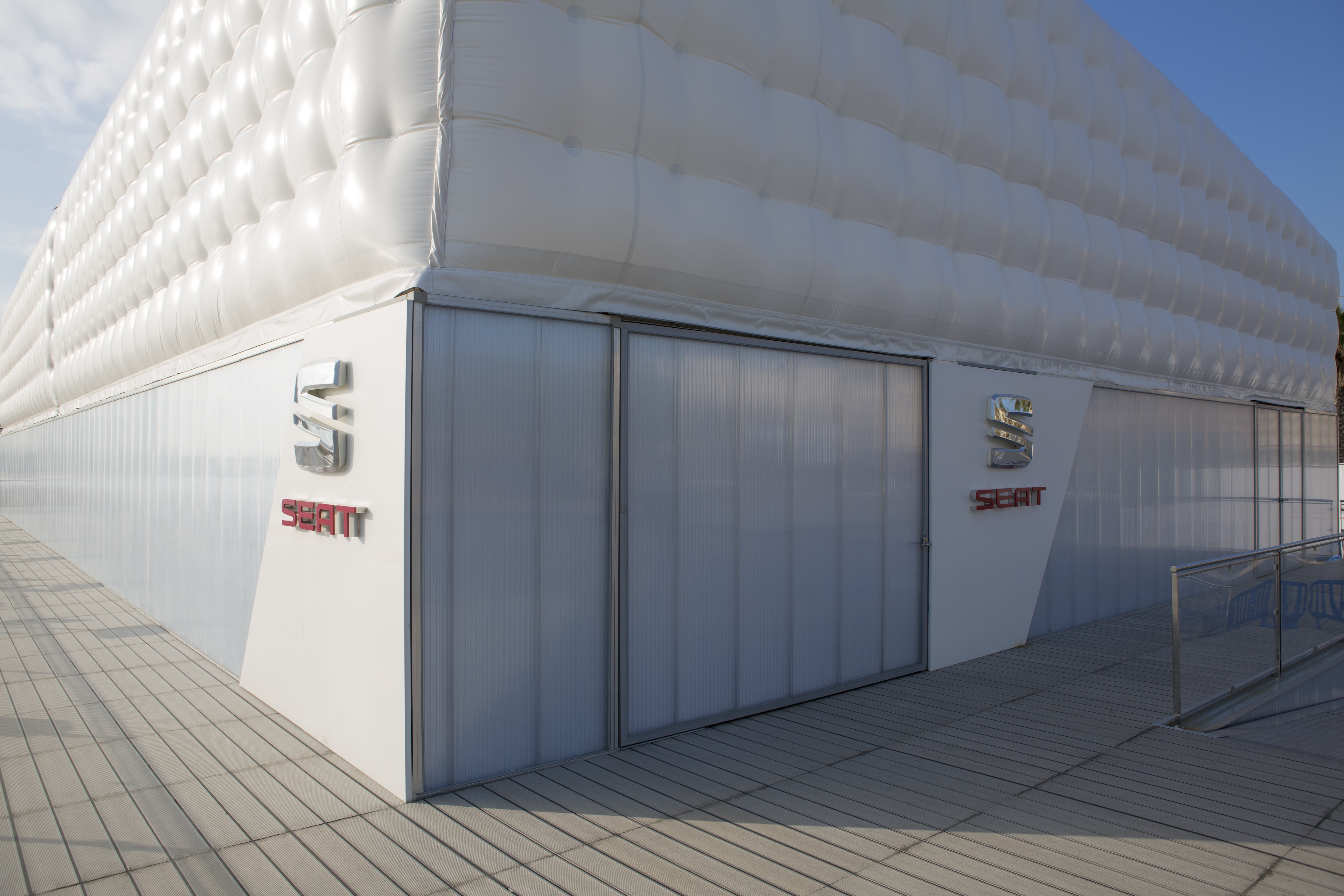
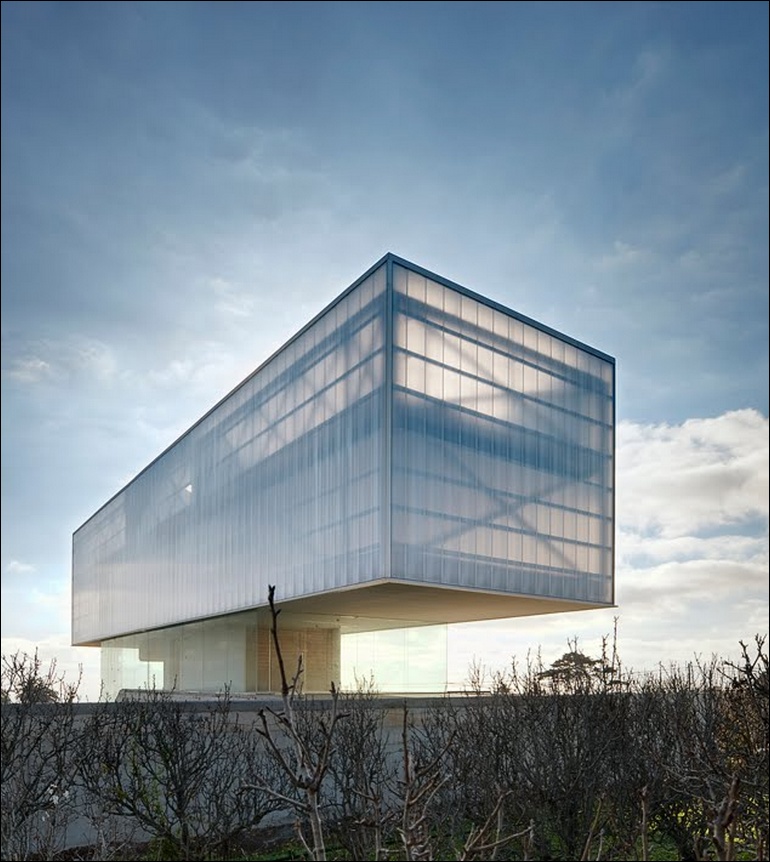


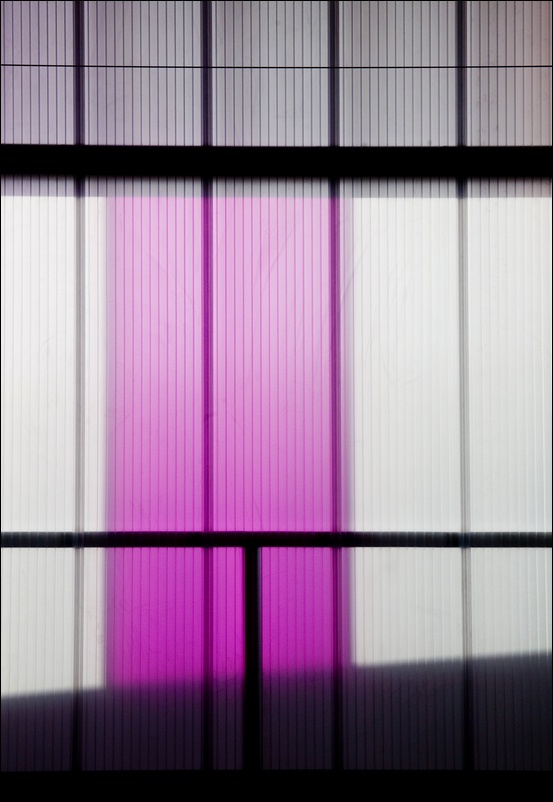
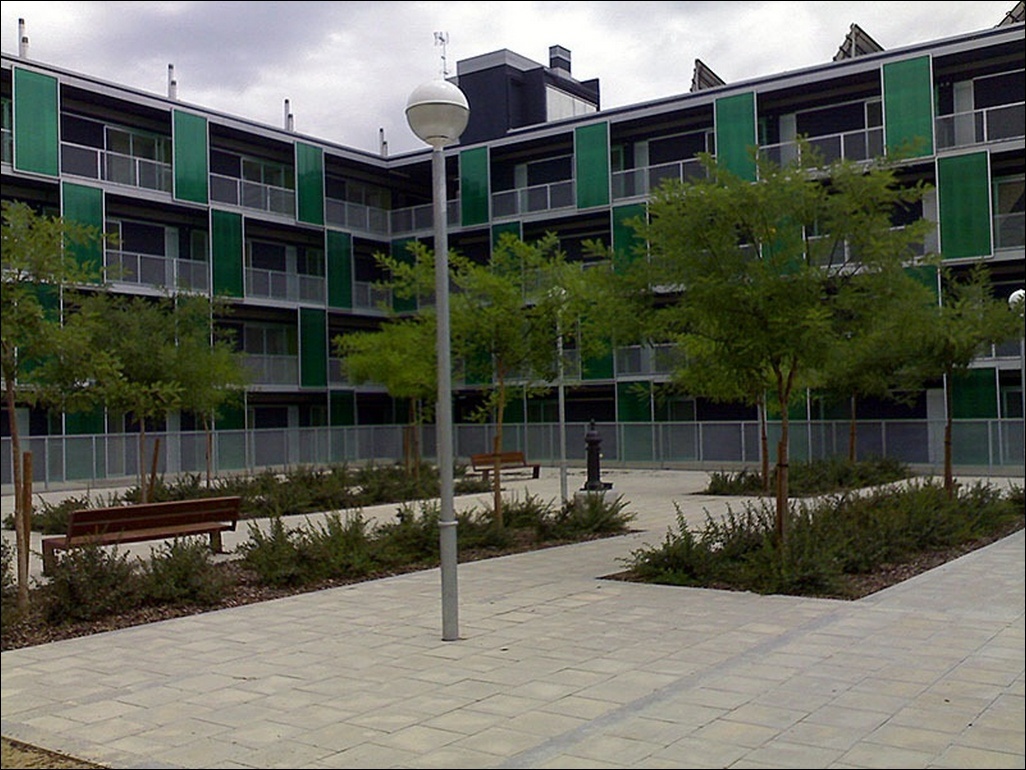

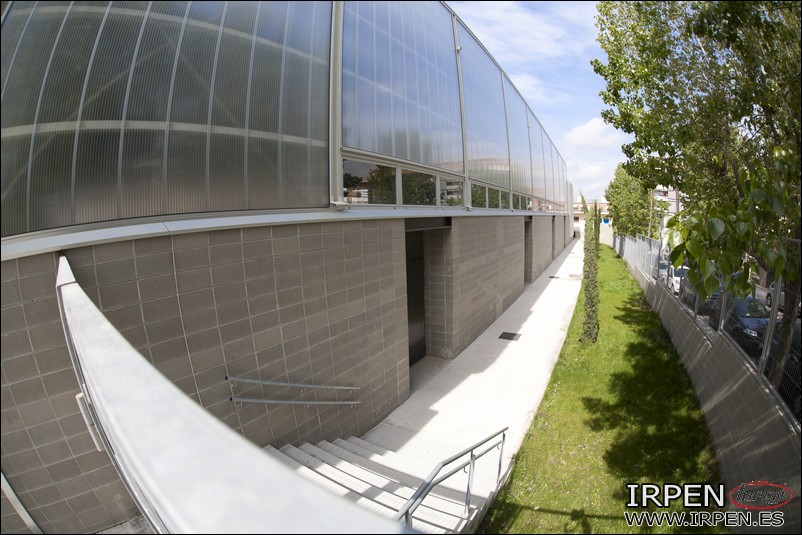

.jpg)
